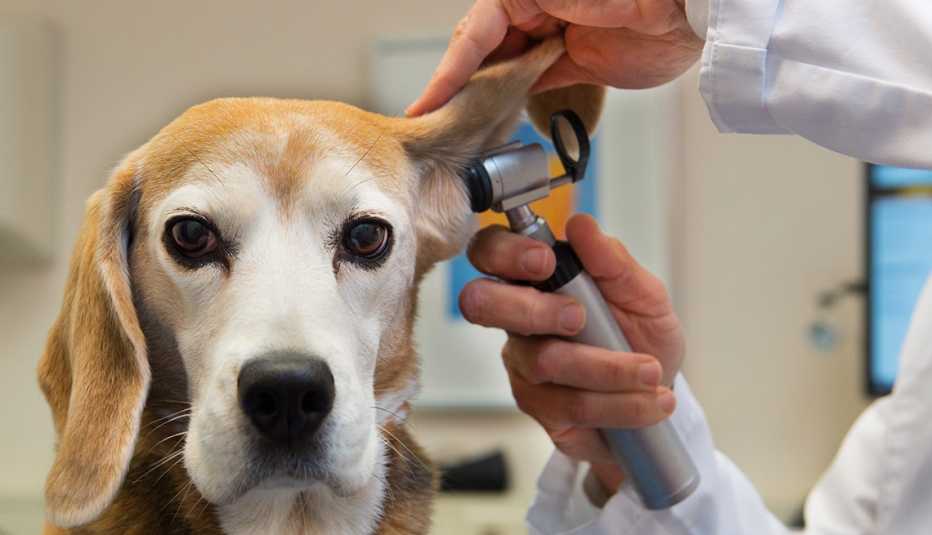AARP Hearing Center
For many of us, the dawn of the smart home has brought a great leap forward in convenience, with connected devices that make controlling everything from your thermostat to your coffee machine as simple as the flick of a smartphone touch screen or the shout of a command to a smart speaker. But for your pets, a smart home may be more like a fun house.
That’s because many pets, including dogs and cats, are far more sensitive to noise and light than humans. To us, sound emitted by gadgets and electronics — including TVs, DVRs and even laptop computer fans — is largely silent. But to your cats and dogs, it could sound like a bloody racket. Human hearing can pick up sounds that range in frequency from 20 Hz (cycles/second) to 20,000 Hz — and as we age, that range drops precipitously lower as sensitivity to higher ranges is diminished. Dogs, however, are sensitive to frequencies up to 45,000 Hz, and cats even higher — all the way up to 64,000 Hz.
You’ve heard of a dog whistle? According to environmental noise experts, a smart home that sounds silent to a human could sound to a household pet like a whistling, whirring, cymbal-crashing carnival ride. This isn’t a new phenomenon: Old-school technology like smoke alarms can emit ultrasound that can drive a pet to distraction.



































































